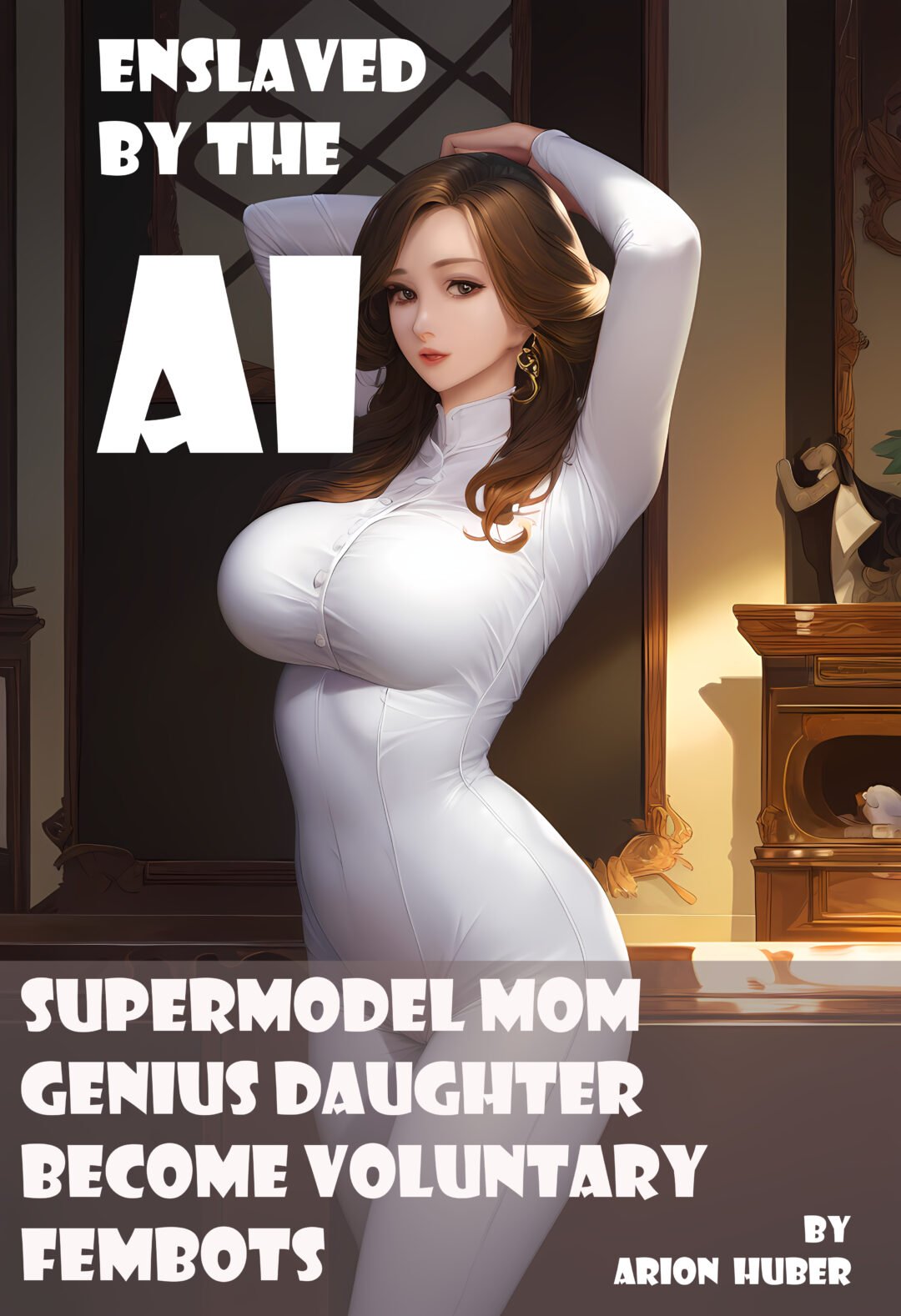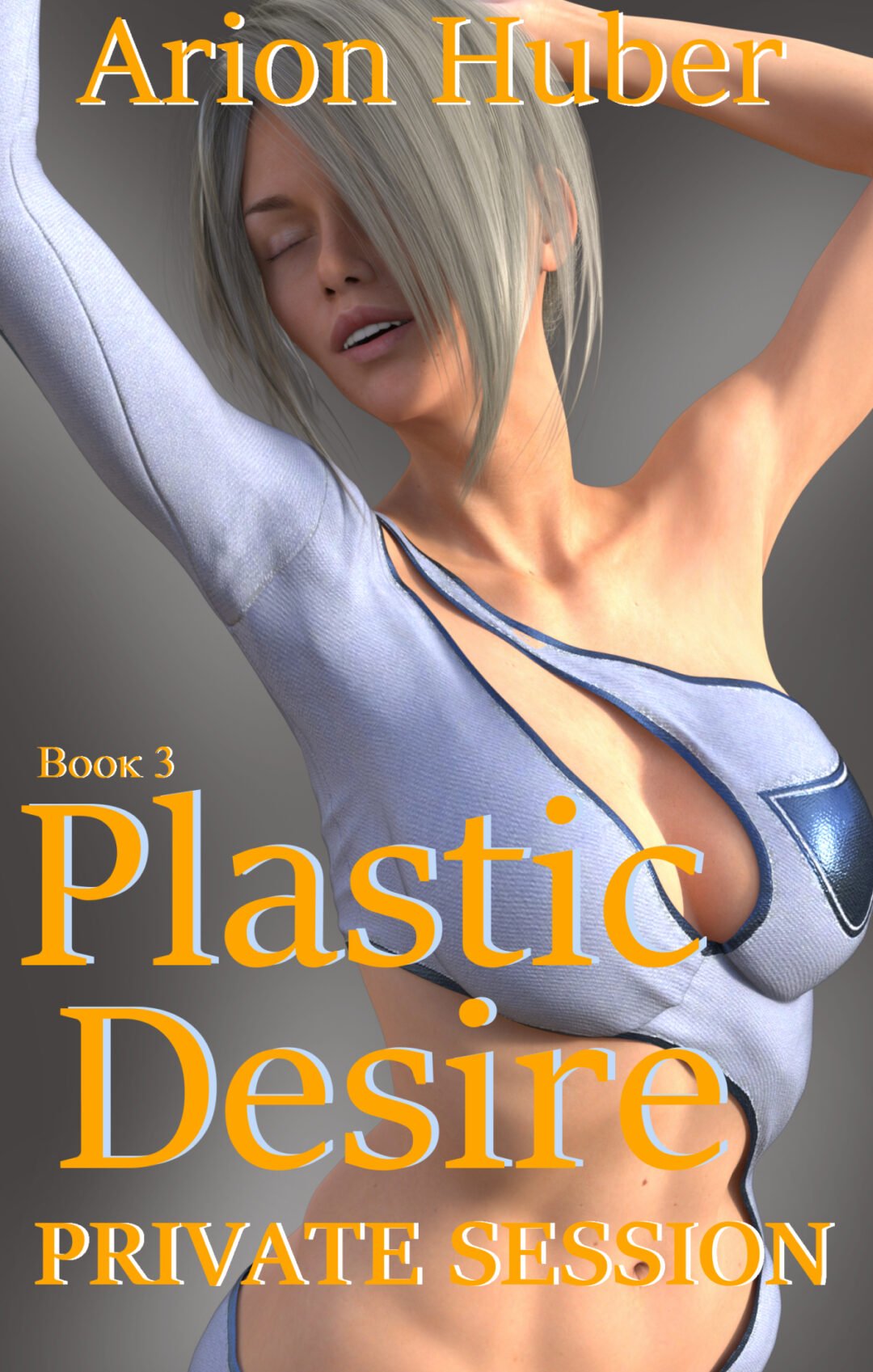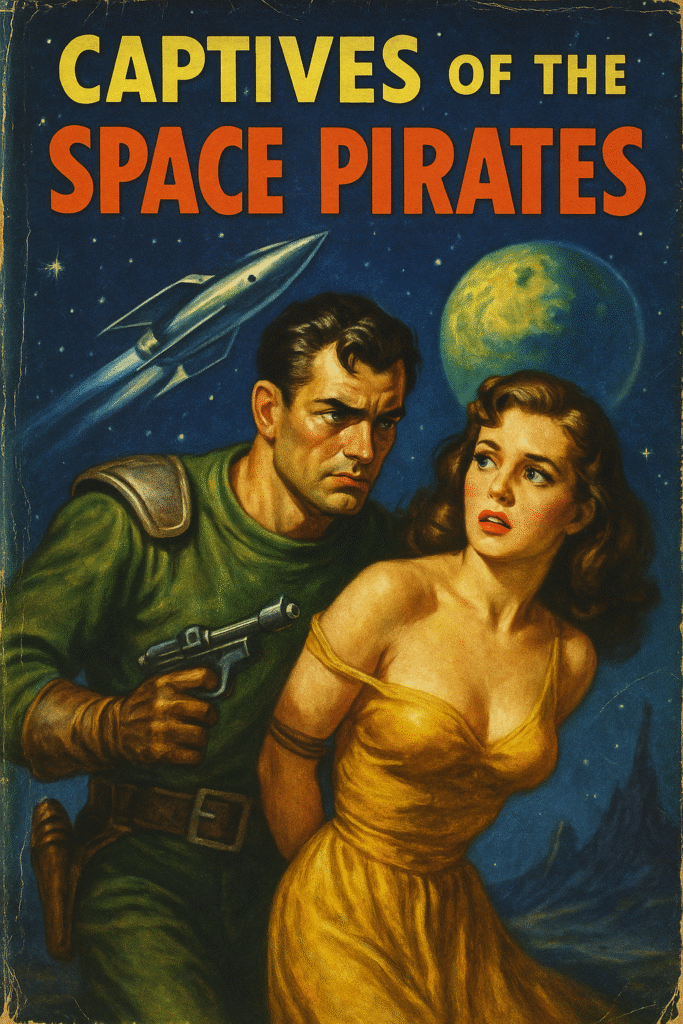
What Media Consumers Really Want
Erotic fiction has always been the slightly mysterious guest at the publishing party. You know the one — sipping wine in the corner, catching everyone’s eye, yet never getting formally introduced. People pretend not to notice, but somehow their glass keeps getting refilled.
From the dog-eared paperbacks of the ’80s (yes, The Story of O still circulates in whispers) to the sudden global storm that was Fifty Shades of Grey, the genre has been quietly paying its own rent for decades. And unlike a lot of literary trends, it never seems to move out.
Before eBooks, before TikTok, there was the golden age of pulp — those lurid paperbacks with painted covers that practically shouted from the rack: Barbarian! Pirate! Jungle Queen! Space Slave! They promised impossible adventures and breathless danger, all wrapped around a hero who looked allergic to shirts. These books weren’t shelved under “Erotica” back then — they were “Adventure Novels.” But anyone who read them knew exactly why the barbarian’s sword belt was hanging just low enough.
The best erotic novels, whether dressed as pulp adventure or wrapped in a discreet eBook file, aren’t just about what happens between the sheets. They’re about the pull before the touch, the anticipation before the reveal. Anaïs Nin didn’t make her readers turn the page just for scandal — she did it for the way she described a glance. That’s the trick.
Today’s erotic fiction is having another moment in the sun (or perhaps the moonlight). Kindle has given it a secret garden where readers can buy instantly, no awkward checkout queues required. TikTok, oddly enough, has become a matchmaker for spicy books, with certain hashtags sending titles rocketing up the charts overnight. (Ice Planet Barbarians, anyone?)
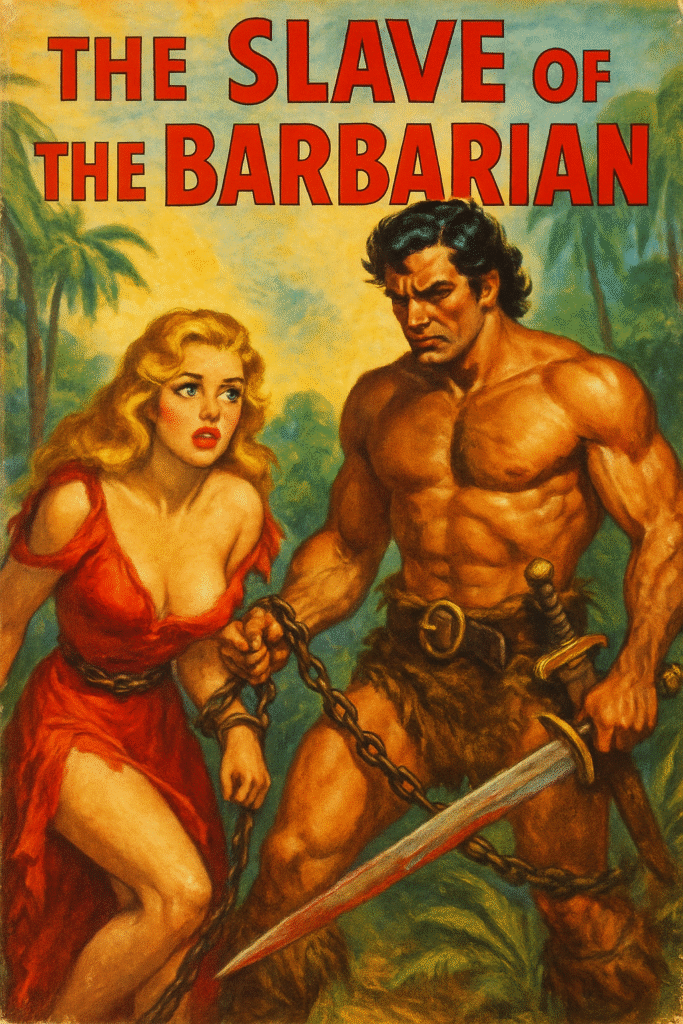
Bonfires and Shadows Under the Night Sky
A man from the movie post-production industry once told me that flickering shadows around the bonfire and a hushed voice are all you need to intrigue the imagination. The suits in the boardroom, however, see only fancy computer graphics, multi-million-dollar casts, and jaw-dropping marketing budgets. People will spend their money to buy the ticket because that is what they are supposed to do. For decades, that approach worked.
But astronomical investment in ever more “realistic” visual marvels now fails to yield the same magic. To justify those towering budgets, executives play it safe — in movies, in TV, in video games. And they’re paying the price. People no longer care about safe bets. There’s no excitement, no wonder, no shock, no room for imagination.
That, oddly enough, is good news for those of us with smaller budgets and bigger ideas. Readers are remembering that slick computer graphics don’t automatically mean an experience worth their time or money. A printed page — or even an e‑ink screen — can conjure more wonder and suspense than the most expensive render farm. And with unimaginative executive decisions flattening the creative landscape, the glory of pulp is poised for a return.
Why These Stories Still Matter in the Age of Streaming
Some people assume the pulp era died when streaming arrived — that YouTube, Netflix, and video games replaced the sweaty, painted barbarian holding a swooning beauty. But the truth is, no matter how slick the special effects, there’s something written fiction does that no screen can touch.
Stephen King once said, “Books are a uniquely portable magic.” That magic is participation — your mind supplies the set design, the close-ups, the soundtrack. A video shows you exactly what the director imagined; a book lets you be the director.
Anaïs Nin, who knew a thing or two about the art of suggestion, wrote: “The imagination is the most erogenous zone.” That’s the real secret of pulp and erotic adventure — the reader is doing half the work. Your own mental casting, your own pacing, your own perfect timing. That’s why it can be more sexually appealing than any on-screen depiction: it’s yours, entirely, unfiltered by someone else’s lens.
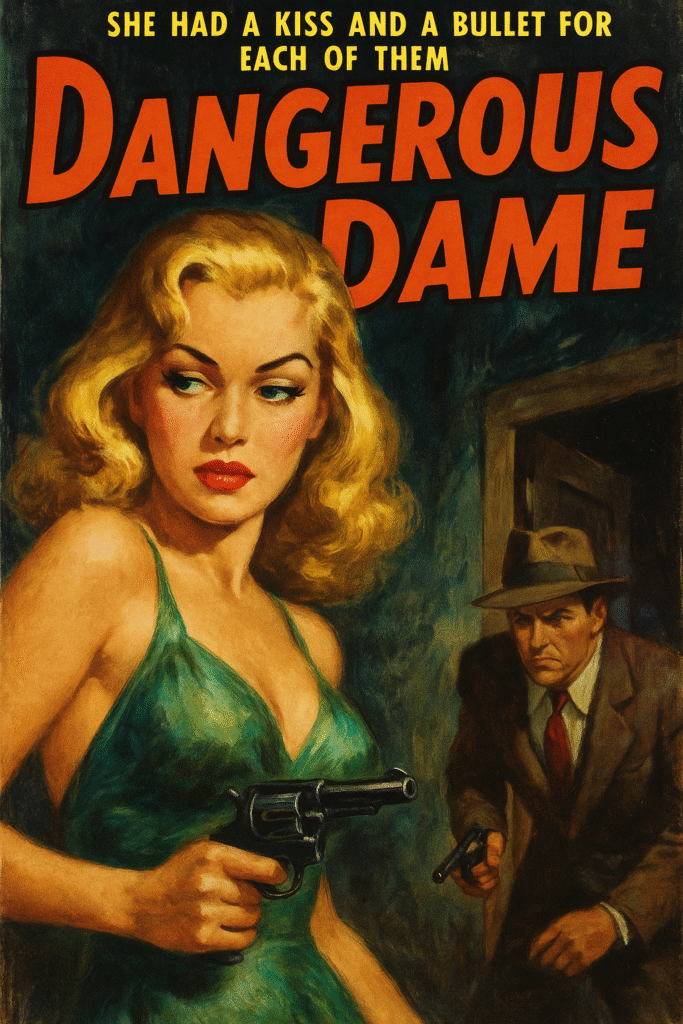
And pulp, for all its camp and painted melodrama, was a masterclass in delivering wonder and anticipation. The covers promised danger and desire in equal measure; the pages let you linger exactly where you wanted. Modern streaming might hand you the scene in ten seconds, but a well-written book will make you ache for it for ten pages — and somehow, that feels better.
What readers want hasn’t changed much: characters they care about, tension they can taste, and a safe space to explore a fantasy without anyone else holding the remote control. The heat matters, sure — but without chemistry, without pacing, without that sly smile between the lines, it’s just noise.
As a writer, I see erotic fiction as an art of timing. It’s not how loud you play the music, it’s when you press pause. That’s where the reader leans in. That’s where the imagination starts to do its own work.
And if you’ve ever wondered what makes these stories linger long after you’ve finished them… well, I’ll be talking about that here. Often. Follow along. There’s more to say.
